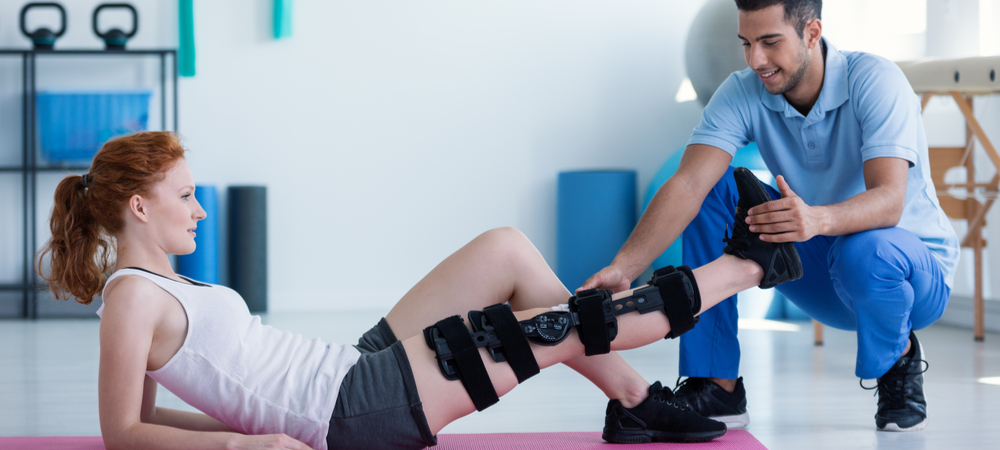Do you engage in physical activities or sports? Exercises are vital as you strive to lead a healthy lifestyle. Exercising is good for the heart, respiration, building and maintaining muscle strength, and many more. In your exercise or sporting activities, you can get injured, such as by tripping, falling, or colliding with another person. Lack of fitness, overtraining, and poor technique or form can also result in sports injuries. Understanding the common sports injuries Lawrenceville that can affect you during training or sporting activities is vital since you can take relevant measures to mitigate the risks. Below are some of the common sports injury types.
Strains
Strains are one of the most common types of sports-related injuries. This is because we use many tendons and muscles when playing or exercising. These moving parts are prone to stretching more than they should and/or quickly changing direction. This leaves them torn, in pain, and even damaged. Common muscle strains are pulled groin muscles, hamstrings, and strained quads. Most strains are minor, naturally, heal with rest, and mainly occur during cold weather. To reduce the risk of straining your tendons and muscles, stretch and warm up before exercising.
Sprains
A sprain is a tear or stretch of a ligament near a joint, like an ankle, knee, or wrist. Sprains are often caused by twisting motions or falling. Sprains happen to the ligaments and tissues that connect bone to bone. Ankle sprains are the most common type of sprain, followed by knee, wrist, and elbow. Sprains are more painful than strains and take longer to heal. They also leave the ligament weak and prone to future sprains. Warming up and stretching can help prevent sprains.
Knee injuries
The knee is a complicated joint; it also endures a lot of impact during sporting activities. Anterior cruciate ligament (ACL) tears are often common, as cartilage tears, fractures, and dislocations can occur. Knee injuries can be debilitating and painful. Sometimes they can require surgery. Warming up, stretching, and maintaining good posture can reduce the risk of knee injuries. Proper bracing and padding can also help when playing contact sports.
Fractures
Contact or impact sports mostly lead to fractures of the bones (mainly the legs, arms, and feet). Fractures can be painful and usually take weeks of immobilization to heal. You can reduce the risk by wearing proper padding, stretching, and working out to keep your muscles flexible and strong when playing contact sports.
Tennis elbow
Tennis elbow is caused by overuse and repetitive use of the elbow. Pain can be experienced on either the outside or inside of the elbow. To avoid this injury, stretch and warm up before playing, pace yourself, and take breaks. Forearm strengthening activities and elbow braces are good for preventing elbow injuries.
Back pain
When exercising, your spinal column and back undergo some stress. In time, this stress may build up and lead to inflammation in your back muscles and vertebrae, frequently causing back pain and injuries to the discs. Keeping your back muscles flexible and strong with regular, moderate activities, warming up, and even a good diet can help lower the injury’s risk.
Injuries can deter your daily training routine and may negatively impact your performance. Knowing the common risks, avoiding them, and seeking prompt treatments to avoid escalation are recommended as you work to remain physically active. Contact or visit Performance Pain and Sports Medicine today to learn more about sports injuries.





